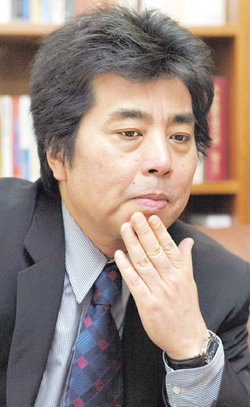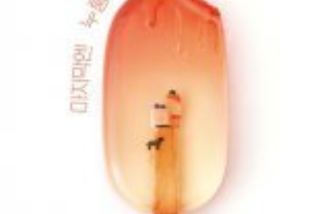Murakami Ryus Novel 69

A number of novels by Murakami Ryu, one of the two popular Japanese writers along with Murakami Haruki, are being reissued in Korea this year.
In fact, a total fifteen novels were republished at once; Dongbang Media reissued the seven best collections of Murakami Ryu including Line and Tokyo Decadence, Bookstory published his well-known work Coin Locker Babies, with Big Tree releasing Raffles Hotel.
This trend is in line with the republication of Ryus works through legal contract long after they were introduced to the Korean readers through illegal copies since the late 1980s. Until now, his novels were the targets of one-sided criticism onlyperverted, obscene, macho and even militaristicbut with the republication, they may receive more credits. Since Korea first began importing Japanese culture in the late 1990s, many Japanese writers, led by Yoshimoto Banana, Yamada Eimi, Asada Jiro, and Ekuni Kaori, gained much popularity among the Korean readers. By republishing Ryus works, the publishing industry is now having its hopes up high to the possible success of Ryu in Korea.
In a conversation with Haruki, Ryu once strongly criticized Haruki as an exclusive writer for his not-mild-but-too-feminine style and for depending on imagination and materials in writing. To his comments, Haruki called Ryu an inclusive writer and rather praised Ryu for his quickness and energy in all areas including film, music, cooking, and sports.
Ryu is an energetic novelist who has written numerous novels since his debut in 1976. He is also quick in sensing the new trends in the Japanese society and portraying them in his works. That is why his novels contain not only multifaceted characters but also various images of the Japanese society.
His mother is Japanese but was born in Masan, South Gyeongsang Province and lived there until she graduated from high school. One of his works most likely to be popular among young Korean readers is a recently republished novel 69. The somewhat perverted-sounding title actually refers to the year 1969; the year when the De Gaulle administration lost power after nationwide protests, the year when the Beatles songs were heard everywhere, and the year when the main character Ken was a senior in high school.
Ken is a resemblance of Holden Caufield in The Catcher in the Rye but also different in some ways. He defies against the hypocritical world of adults and the repression but is more extrovert, clever, obscene, and yet humorous than Holden. For example, he says, I starved myself to saved money instead of buying some cheap bread. I saved to buy books of Sartre, Camus, Oe Kenzaburo not! Actually, I needed the money to ask a cute girl out.
Ken forms a club named Eyaya, the first letters of his friends name, and organizes a film/music festival. While preparing for the festival, he becomes attracted to a beautiful girl and finds out that she is very interested in politics and revolution. To impress her, he hangs a sign Imagination wins power, barricades the school, and makes one of the younger students to leave excrements on the headmasters desk. His cool rebellion gets him suspended. However, after the suspension period, he comes back to prepare for the festival.
One cannot but be amused at the way the character falls out of absurd but pleasant daydreaming or grim and serious scenes end up being a comedy. The novel reminds the readers of Mishima Yukios Kinkakuji (The Temple of the Golden Pavilion), a story of a solemn yet miserable young man. It seems that Ryu set up a stage for rock concert where the golden pavilion was burnt down.
Ki-Tae Kwon kkt@donga.com





![삼겹살 식당에서 소주 ‘짠’… 한국 아니라 필리핀이라고?[동아리]](https://dimg.donga.com/c/138/175/90/1/wps/NEWS/IMAGE/2025/05/26/131685388.2.jpg)
![[단독]“홍장원 ‘국회 폭로’ 이후 尹 비화폰 정보 삭제”](https://dimg.donga.com/c/138/175/90/1/wps/NEWS/IMAGE/2025/05/31/131721756.1.jpg)
